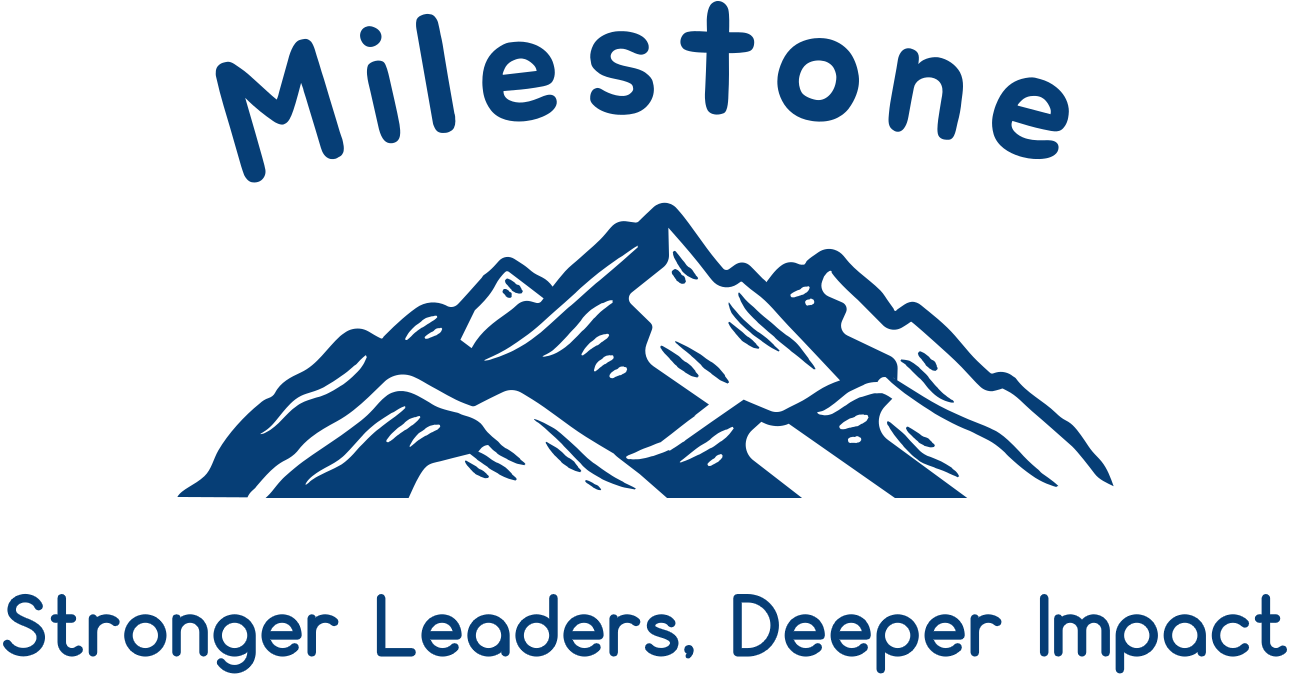Leadership Lessons from 29029 Stratton: Service
29029 Stratton has its unsung heroes; the ones who don’t earn a red hat and who never step into the spotlight.
They’re the volunteers.
Through the 36 hours, day and night, in the rain, fog, and cold they’re there. Always smiling, always ready. They don’t climb, but they make each climb possible.
They start by asking questions, “Can I hold your poles?”, “Do you need a place to rest for a minute?”, “Can I fill your water?”, “How can I help?”
Sometimes it’s a warm cup of soup or mashed potatoes before the gondola ride down, a small thing that genuinely brings you back to life. Other times it’s their energy at the Aid Station, ringing cowbells, cheering; these people who’ve been awake for hours are still smiling and calling your name. And sometimes it’s more subtle support; a simple nod, a hand on your back, or an arm around your shoulders when you need a reminder that you’re not doing this event alone.
At Stratton, volunteers see every participant, more than 200 of us, on each of the 17 laps. Over the course of the event, they start to recognize faces, learn each participant’s pace, and even start to anticipate their needs. They know who likes extra broth or pickle juice (yup, that’s a thing!), who needs a refill before asking, and who benefits from an encouraging word more than a cup of soup.
The Heartbeat of the Event
The volunteers at 29029 don’t just provide support; they see the best in people and remind you that “you’ve got this” when you’ve forgotten.
They don’t care how many laps you’ve completed or how fast you’re moving. They meet you where you are, exhausted, freezing, hopeful, discouraged, determined—meeting you exactly where you are and offering precisely what you need in that moment.
That kind of selflessness is what turns an endurance event into a community.
Without the volunteers, the event would still exist, but it wouldn’t feel like 29029.
Meaning of Service
We often think leadership is about vision and direction, and it is. But the service these volunteers provide is what gives that idea real meaning.
Servant leadership doesn’t ask, “How can I get others to help me reach my goal?”; rather the question is “How can I help others reach theirs?”
That’s exactly what the volunteers do, hour after hour, without recognition or reward. They model what it means to lead from behind, to lift others without needing credit, to make success possible for someone else.
As Simon Sinek writes in Leaders Eat Last, the best leaders create environments where people feel safe, supported, and valued even under pressure.
Leading by Serving
Late Friday night, around 2 a.m., the mountain was dark and cold and rainy. Participants were still climbing, but the effort and the elements were taking a toll. And still the volunteers were there, standing in the cold, handing out hot soup, smiling, clapping softly as climbers came through. Among them were my wife, Christine, and Jake’s girlfriend, Sadie — two of many who made the experience possible.
That kind of dedication can’t be faked. It comes from purpose.
And it reminded me that leadership isn’t just about the climb, it’s about what happens at the Aid Stations along the way.
The best leaders serve first. They listen, they support, and they help others keep climbing.
